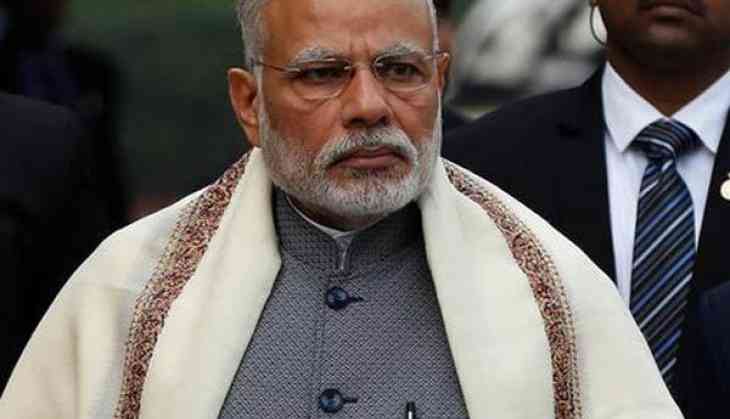
Prime Minister Narendra Modi on Tuesday reviewed the progress of key infrastructure sectors of power, renewable energy, petroleum and natural gas, coal, and mining.
The two-hour-long review meeting was attended by top officials from infrastructure-related Ministries, NITI Aayog, and Prime Minister's Office (PMO), read a statement.
In a presentation made by NITI Aayog CEO Amitabh Kant, it was noted that the installed power generation capacity in India has risen to 344 GigaWatts. India's energy deficit, which stood at over four percent in 2014, has shrunk to less than one per cent in 2018. Significant capacity additions have been made in transmission lines, transformer capacity, and inter-regional transmission.
Prime Minister Modi urged the officials to work towards ensuring that the benefits from an increase in solar energy capacity reach the farmers through appropriate interventions such as solar pumps and user-friendly solar cooking solutions.
Comparing to its earlier rank of 99 in 2014, India now ranks 26th in the World Bank's "Ease of Getting Electricity" Index
Progress in household electrification under the Pradhan Mantri Sahaj Bijli Har Ghar Yojana - 'Saubhagya', was also reviewed in the meeting. Further, there were discussions on last mile connectivity and distribution, in both urban and rural areas.
In the new and renewable energy sector, cumulative installed capacity has nearly doubled, from 35.5 GigaWatts in 2013-14, to about 70 GigaWatts in 2017-18. Meanwhile, in solar energy, installed capacity has increased from 2.6 GigaWatts to 22 GigaWatts in the same period.
In the meeting, officials expressed confidence that India is on track to comfortably achieve the Prime Minister Modi's target of 175 GigaWatts renewable energy capacity by 2022.
In the petroleum and natural gas sector, it was noted that targets set under the Pradhan Mantri Ujjwala Yojana will be comfortably achieved in the current financial year. In the coal sector, discussions focused on further augmentation of production capacity.
(ANI)


